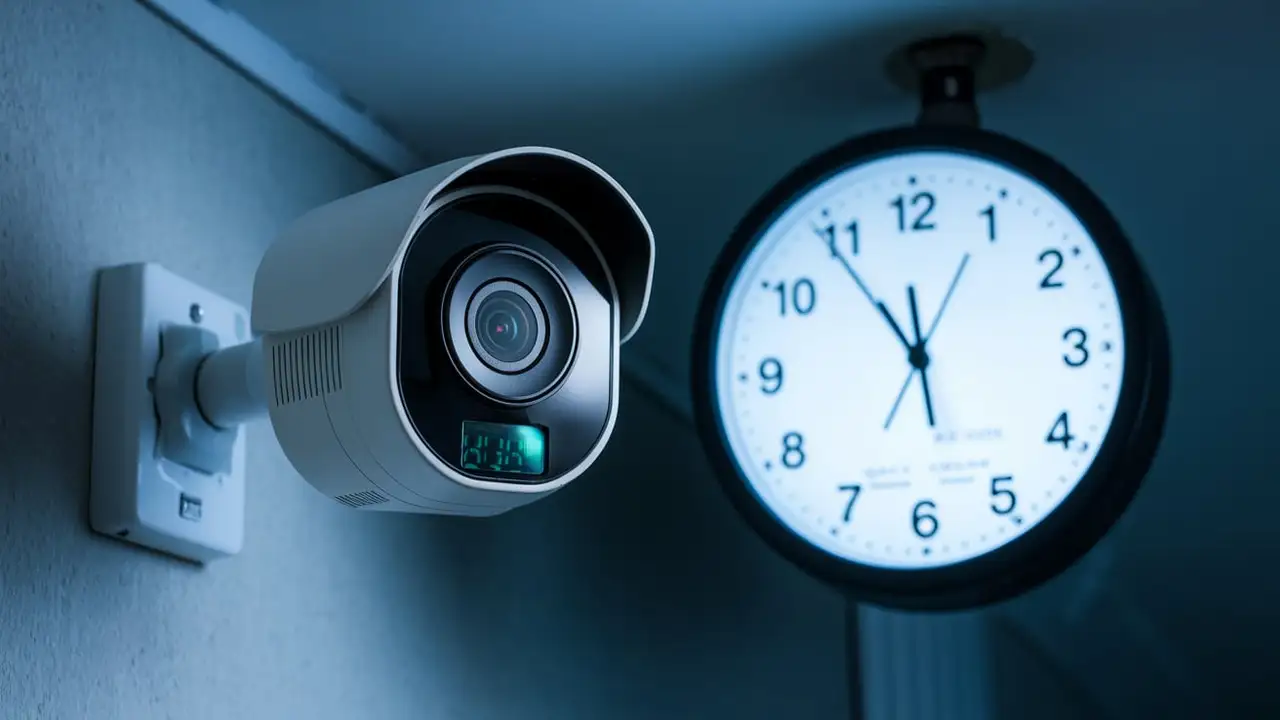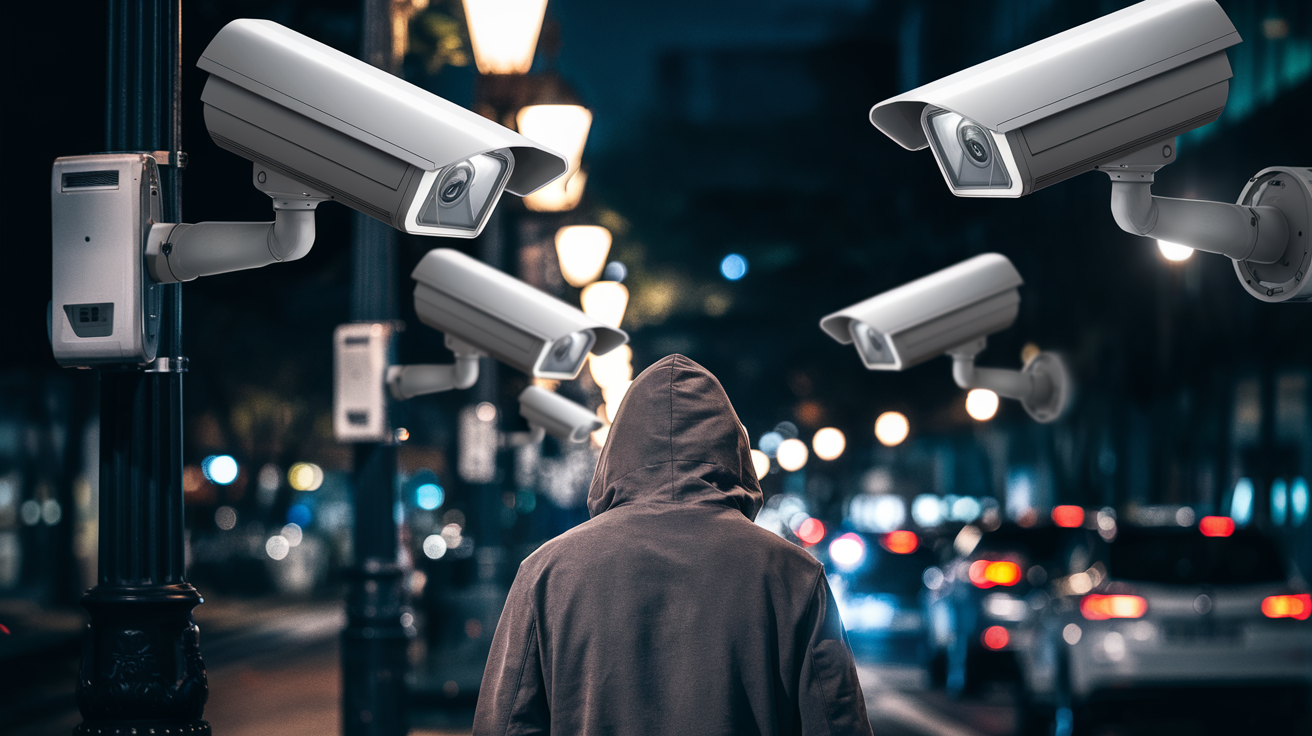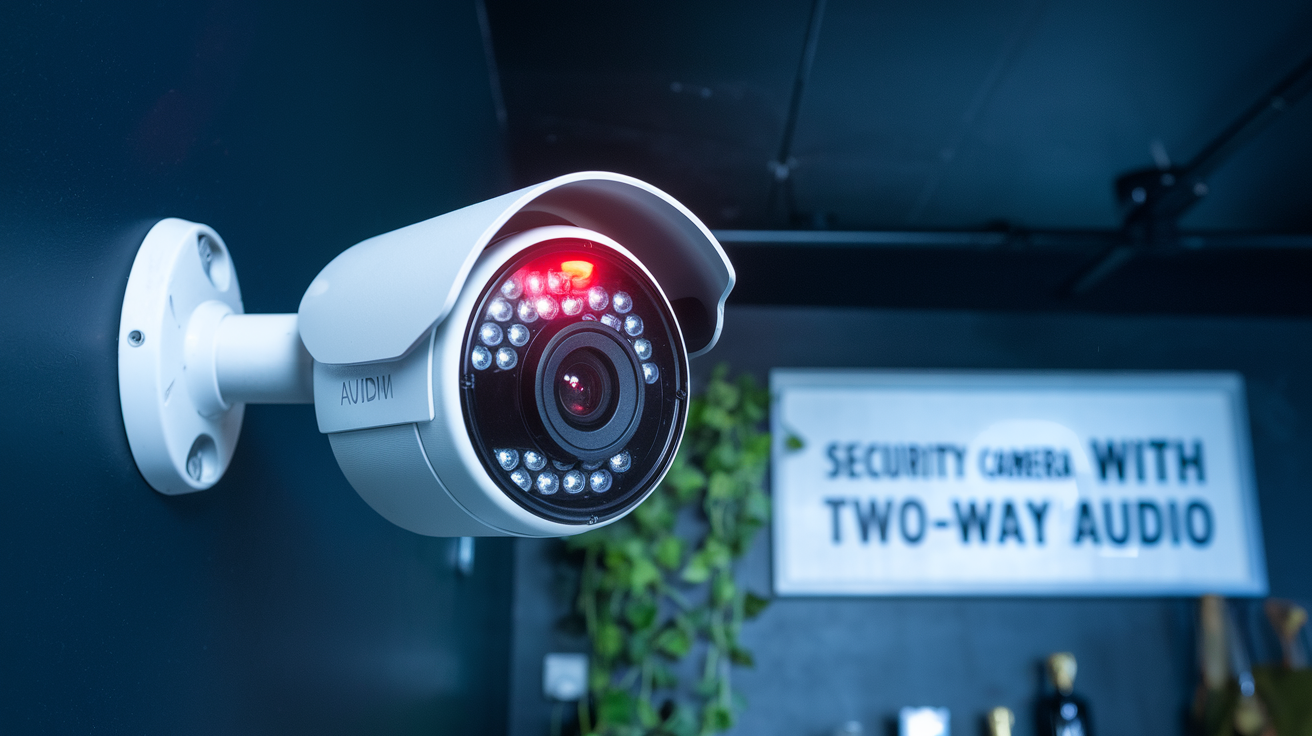Security cameras with local storage have become a popular choice for homeowners and businesses looking to enhance their security without relying on cloud subscriptions. These systems offer privacy, cost savings, and reliable access to footage, even without an internet connection. However, choosing the right security camera with local storage requires careful consideration of features, specifications, and your specific needs. This comprehensive guide will walk you through everything you need to know to make an informed decision.
Why Choose Security Cameras with Local Storage?
Security cameras with local storage save video footage directly to a physical device, such as an SD card, hard drive, or Network Video Recorder (NVR). Unlike cloud-based systems, they don’t require ongoing subscription fees, making them a cost-effective option over time. Local storage also ensures that your footage remains private and accessible, even during internet outages. Additionally, local storage systems are less vulnerable to hacking compared to cloud-based solutions, providing peace of mind for privacy-conscious users.
However, local storage has its trade-offs. Storage capacity is finite, and physical devices can be damaged, stolen, or corrupted. To mitigate these risks, some systems offer hybrid solutions that combine local storage with optional cloud backups. Understanding these benefits and limitations is the first step in choosing the right camera.
Key Features to Look for in Security Cameras with Local Storage
When selecting a security camera with local storage, consider the following features to ensure it meets your needs:
1. Storage Capacity and Type
Local storage typically involves SD cards, internal hard drives, or external NVRs. SD cards are common in compact cameras and usually range from 32GB to 256GB, sufficient for a few days to weeks of footage, depending on resolution and compression. For larger setups, NVRs or cameras with built-in hard drives offer terabytes of storage, ideal for continuous recording or multiple cameras.
Check whether the camera supports expandable storage or requires proprietary hardware. Some cameras overwrite old footage when storage is full, while others stop recording, so confirm the overwrite settings align with your preferences.
2. Video Resolution
High-resolution cameras (1080p, 2K, or 4K) provide clearer images, making it easier to identify faces, license plates, or other details. However, higher resolutions consume more storage space. For example, a 4K camera recording continuously may fill a 128GB SD card in a couple of days, while a 1080p camera could last over a week. Look for cameras with adjustable resolution settings or efficient compression formats like H.265 to balance quality and storage.
3. Motion Detection and Smart Alerts
Motion detection reduces storage usage by recording only when activity is detected. Advanced cameras offer customizable motion zones, allowing you to focus on specific areas, like doorways or driveways. Some models include AI features, such as person or vehicle detection, to minimize false alerts from pets or shadows. Ensure the camera sends real-time notifications to your phone or email for quick response.
4. Night Vision
For round-the-clock surveillance, choose cameras with infrared (IR) night vision or color night vision. IR night vision records in black and white in low-light conditions, while color night vision uses a spotlight or advanced sensors for vivid footage. Check the night vision range (typically 20-100 feet) to ensure it covers your desired area.
5. Weather Resistance
Outdoor cameras must withstand rain, dust, and extreme temperatures. Look for an IP65 or higher weatherproof rating to ensure durability. If you live in an area with harsh winters or intense heat, verify the camera’s operating temperature range.
6. Power Source
Security cameras can be battery-powered, wired, or solar-powered. Battery-powered cameras are easy to install but require periodic recharging or battery replacement. Wired cameras offer uninterrupted power but may need professional installation. Solar-powered options are eco-friendly and low-maintenance, ideal for remote locations.
7. Connectivity
While local storage cameras don’t rely on the internet for recording, many use Wi-Fi or Ethernet for remote access, live streaming, or firmware updates. Dual-band Wi-Fi (2.4GHz and 5GHz) ensures a stable connection, while Ethernet provides reliability for fixed installations. Some cameras support offline operation, storing footage locally without any network.
8. Ease of Installation and Use
Choose cameras with user-friendly apps for setup, live viewing, and footage management. DIY-friendly cameras with magnetic mounts or wireless designs simplify installation. Ensure the app supports multiple devices and offers intuitive controls for reviewing and downloading footage.
Types of Security Cameras with Local Storage
Security cameras come in various form factors, each suited to different use cases:
-
Indoor Cameras: Compact and discreet, ideal for monitoring homes, offices, or nurseries. They often use SD cards for storage and prioritize aesthetics.
-
Outdoor Cameras: Weatherproof and rugged, designed for driveways, backyards, or parking lots. They may use SD cards or connect to an NVR for larger storage.
-
Doorbell Cameras: Combine video surveillance with intercom features. Most support SD cards and motion-triggered recording for front-door monitoring.
-
PTZ Cameras: Pan-tilt-zoom cameras offer remote control for wide-area coverage. They typically pair with NVRs for extended storage.
-
Hidden Cameras: Disguised as everyday objects, these are perfect for covert monitoring but often have limited storage due to their small size.
Top Considerations for Your Setup
Before purchasing, evaluate your specific requirements:
1. Coverage Area
Determine how many cameras you need and where they’ll be placed. A single camera may suffice for a small apartment, while a multi-camera system is better for a large property. Wide-angle lenses (100-180 degrees) reduce the number of cameras needed for broad coverage.
2. Budget
Local storage cameras range from $30 to $300 per unit, depending on features. Budget models offer basic 1080p recording and SD card storage, while premium options include 4K resolution, AI detection, and NVR compatibility. Factor in additional costs for storage devices, mounts, or professional installation.
3. Scalability
If you plan to expand your system later, choose cameras compatible with NVRs or multi-camera management software. Brands like Reolink, Hikvision, and Amcrest offer scalable solutions for home or business use.
4. Legal Considerations
Check local laws regarding surveillance, especially for outdoor cameras. Some regions require signs notifying people of recording, and recording audio may have stricter regulations.
Best Practices for Managing Local Storage
To maximize the effectiveness of your security camera system:
-
Regularly Back Up Footage: Manually transfer important clips to a separate device or computer to prevent loss from theft or hardware failure.
-
Monitor Storage Levels: Set up alerts for when storage is nearing capacity, and consider cameras with loop recording to avoid interruptions.
-
Secure Your Cameras: Place cameras out of reach to prevent tampering, and use password-protected apps to safeguard access.
-
Update Firmware: Regularly check for firmware updates to improve performance and patch security vulnerabilities.
Recommended Brands for Local Storage Cameras
Several brands excel in offering reliable security cameras with local storage:
-
Reolink: Known for affordable 4K cameras with SD card and NVR support, Reolink offers excellent value for home and small business use.
-
Hikvision: A leader in professional-grade systems, Hikvision provides robust NVR-based solutions for large-scale surveillance.
-
Amcrest: Offers versatile cameras with SD card storage, AI features, and compatibility with third-party NVRs.
-
Blink: Specializes in battery-powered cameras with local storage via USB drives, ideal for simple setups.
-
Eufy: Focuses on privacy with no-subscription cameras that store footage on SD cards or local base stations.
Conclusion
Choosing the right security camera with local storage involves balancing features, budget, and your unique needs. By prioritizing factors like storage capacity, resolution, motion detection, and weather resistance, you can find a system that offers reliable, cost-effective surveillance without the drawbacks of cloud dependency. Whether you’re securing a home, office, or commercial property, the right camera will provide peace of mind and protect what matters most.
Take the time to assess your requirements, compare brands, and follow best practices for managing your footage. With the information in this guide, you’re well-equipped to select a security camera system that delivers performance, privacy, and value for years to come.
Feel safe with the Home Security that you will get from professional security companies are as follows: Contact us at (888) 805-5456 to speak to a specialist and get a no-obligation quote.






